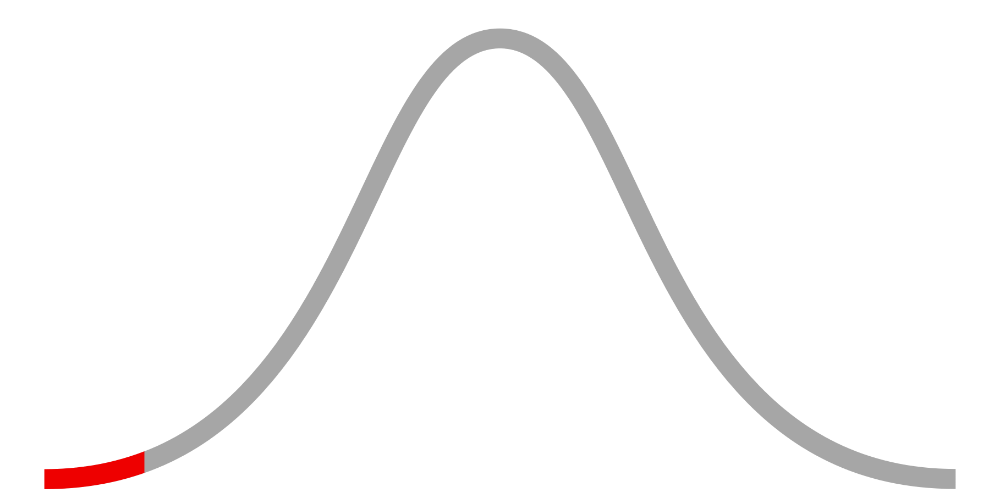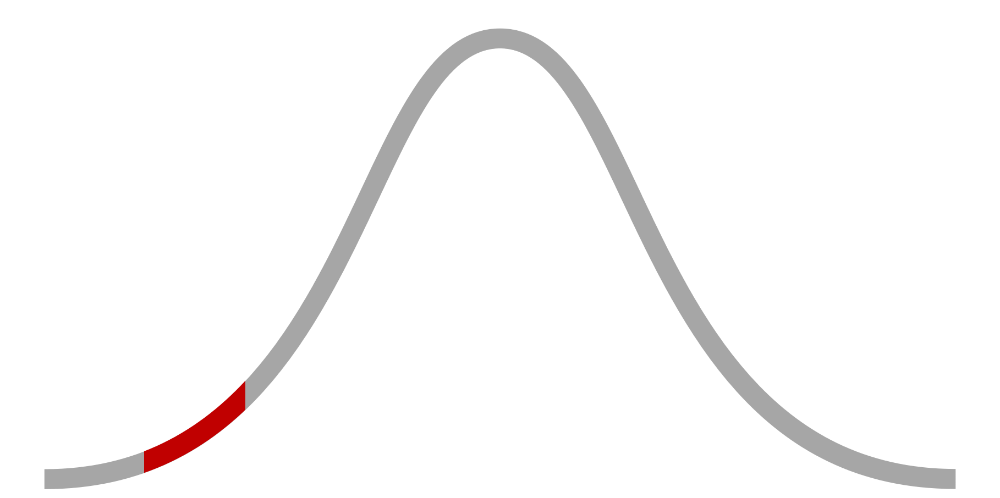 Summary & key points
Summary & key points
In the hit car enthusiast movie The Fast and the Furious (2001), strong-man car group leader Dominic Toretto is at his car shop when Brain (played by Paul Walker), disguised as a police officer, is enjoying his tuna sandwich. Walker’s character Brian is there to infiltrate the group as a mole. There is flirtatious dialogue going on between the waitress, Mia – Dominic‘s sister, and Walker‘s character. When the rest of the gang comes back, the character who likes Mia sits down next to Walker and tries to intimidate him with physical body language and prolonged eye contact. As Walker leaves, the few exchange words before a fight breaks out between them. When Toretto is summoned, he asks a question probably intended to be humorous, and only then does he intervene. Toretto breaks up the fight and inquires about the identity of the tuna-eating stranger. He lets him leave, only after flexing his power and telling him that he lost his job because he knows the employer in question is Harry's. Dom flexes that he has that sort of power and influence. Toretto’s General lack of urgency while all the events were going on, the nature of his questions in response to requests for action, plus his lack of depth in his understanding of the person with whom he’s dealing, all represent the lowest form of the Inference attribute.
Select media ©
rightsholder(s). Learn more











